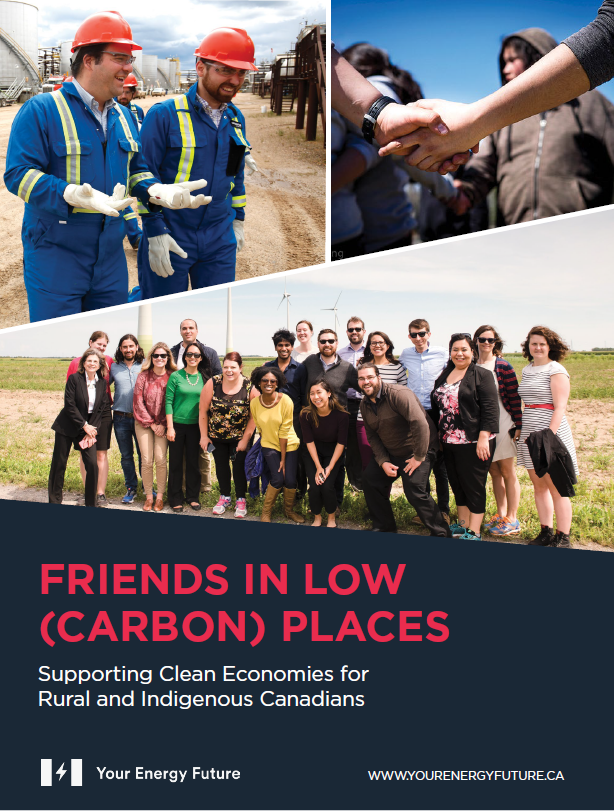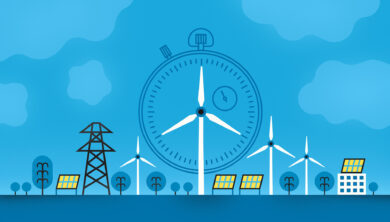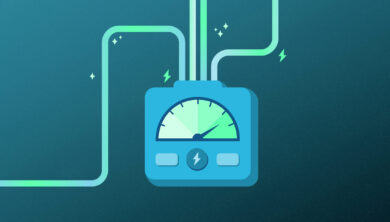
Friends in Low (Carbon) Places – Task Force 1 Final Report
Following 10 months of consultations and conversations, the Your Energy Future Task Forces presented their final reports on March 9, 2018.
Task Force 1 fellows: Diane Adams, James Clark, Lindsay Colley, Bruno Gélinas-Faucher and Alexandria Shrake.
Abstract
The economic future of rural and Indigenous (R&I) communities is important to all of Canadians. Thirty per cent of Canadians live in rural communities, and more than half of Canada’s export economy depends on rural areas. R&I communities are stewards of the natural resources that all Canadians depend on.
But these communities will be hard-hit by Canada’s energy transition.
This report seeks the path forward for Canada’s energy future. We examine what a low-carbon future means for R&I communities and their economic well-being, and identify strategies and policies that will put R&I communities on a path to resilient and clean economies. To inform our research, we performed a literature review, sought out case studies and consulted with communities, experts in energy and economic development, and R&I youth. This is what we found:
- The federal government must develop policies that adapt to diverse geographies, economic situations and local values;
- Communities must get support for community energy planning;
- R&I communities need skill building opportunities they can access at home;
- The CRTC must deliver on its broadband internet targets;
- The federal government should develop a single window for energy transition programs and offer a wider spectrum of financing tools; and
- Governments must support ALL low-carbon paths, including renewables, energy efficiency and fossil fuel emission reduction.
We envision a low-carbon, affordable and resilient Canadian energy future. In this future, rural and Indigenous communities are vibrant places to live and work, and their integrated economies thrive in nation-to-nation partnerships. They are Friends in Low (Carbon) Places.









